1. Insert coin to play
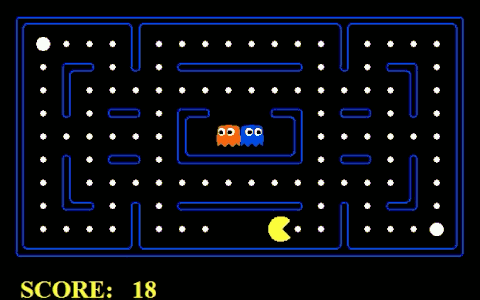
The Magnavox Odyssey and Pong were both released in late 1972, and what resulted can only be described as a decade-long hangover. This pushed many technology companies to finally take a vested interest in producing arcade games for the home.
Atari stepped up in 1977 and produced their Video Computer System (VCS), later known as the Atari 2600, which became one of the first successful home games consoles.
It wasn’t long until other companies tried their hand. The result? A saturated market. Large numbers of poor arcade clones were made including E.T.; famous for its extremely poor design which made pixels look bad. So many unpopular games were made that some were even buried in the desert. The outcome of this saturation was the video game crash of 1983.
2. Ressurection of the games console
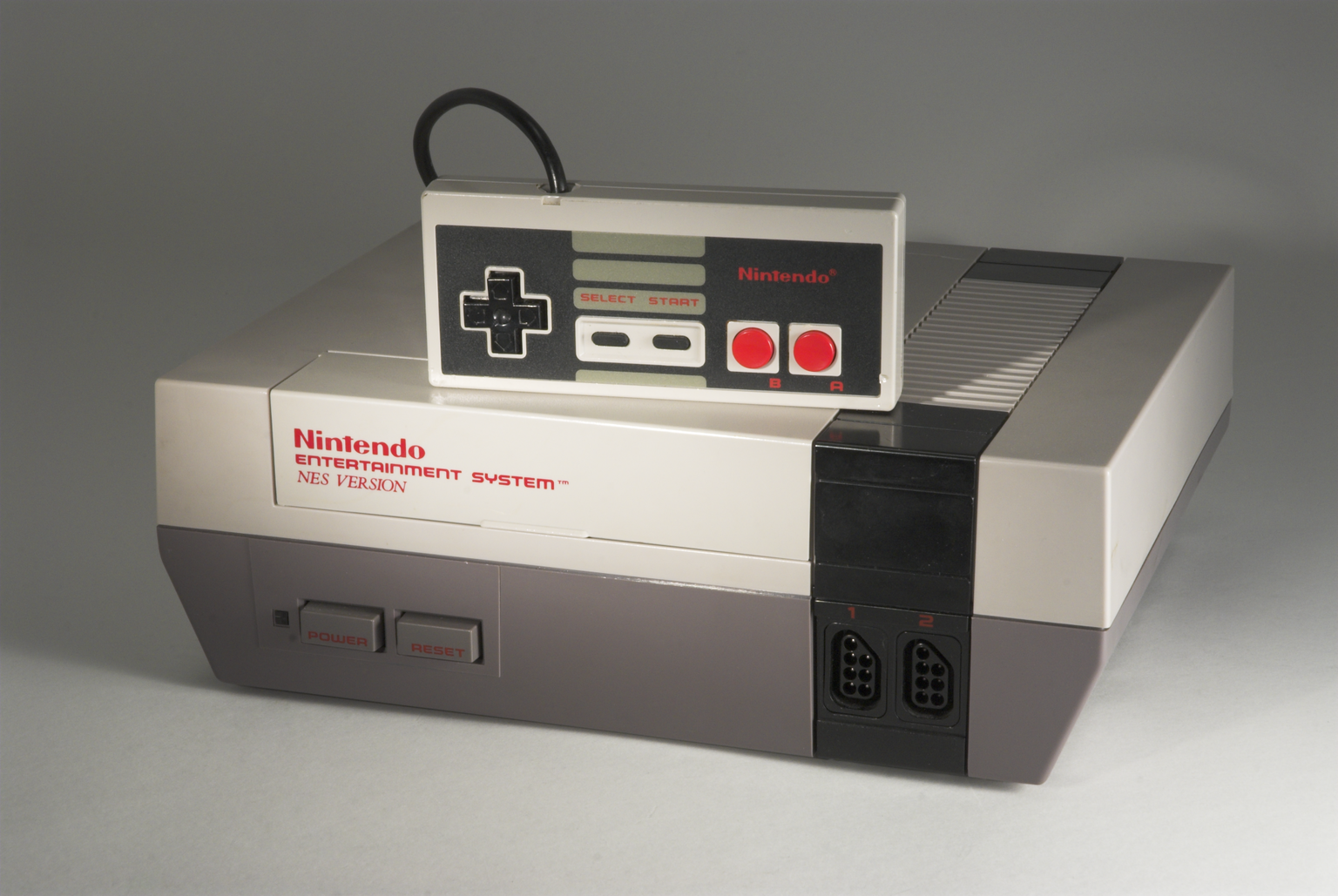
The console market bounced back in 1985 with the Nintendo Entertainment System (NES). The NES was particularly popular due to its innovative use of pad controllers instead of the traditional joystick. It was further popularised by the creation of authentic reproductions of popular arcade games such as Dig Dug and Donkey Kong. Other companies such as Sega and Sony soon caught on and began developing their own video game systems spurring intense competition, and the creation of some of the greatest gaming classics.
3. Player two has entered the game
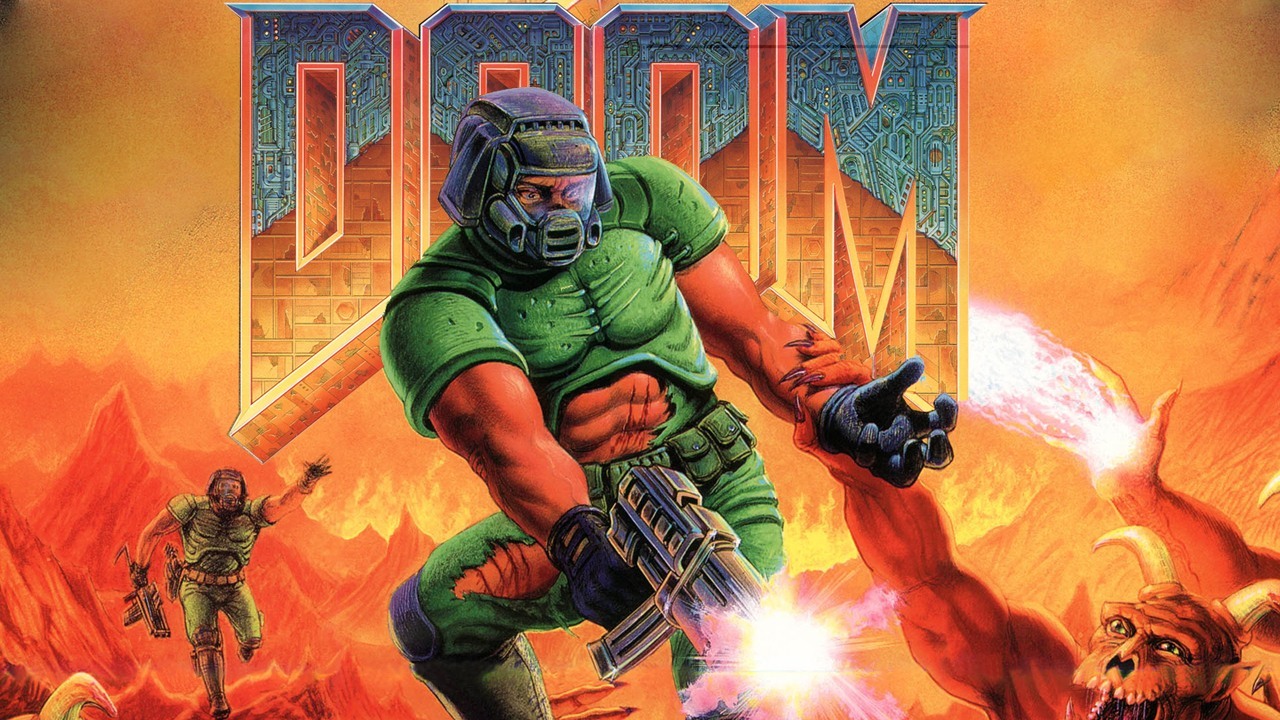
With the arrival of the Internet in the early nineties came the possibility of expansive multiplayer gaming. In 1993, the gory PC game Doom exploded in popularity, aided by the introduction of a death-match mode over a LAN network (a group of computers that share a common wireless link). After the release of Windows 95 and the growth of affordable internet access, LAN parties became a popular way for gamers to compete from the comfort of their home.
4. Console Wars
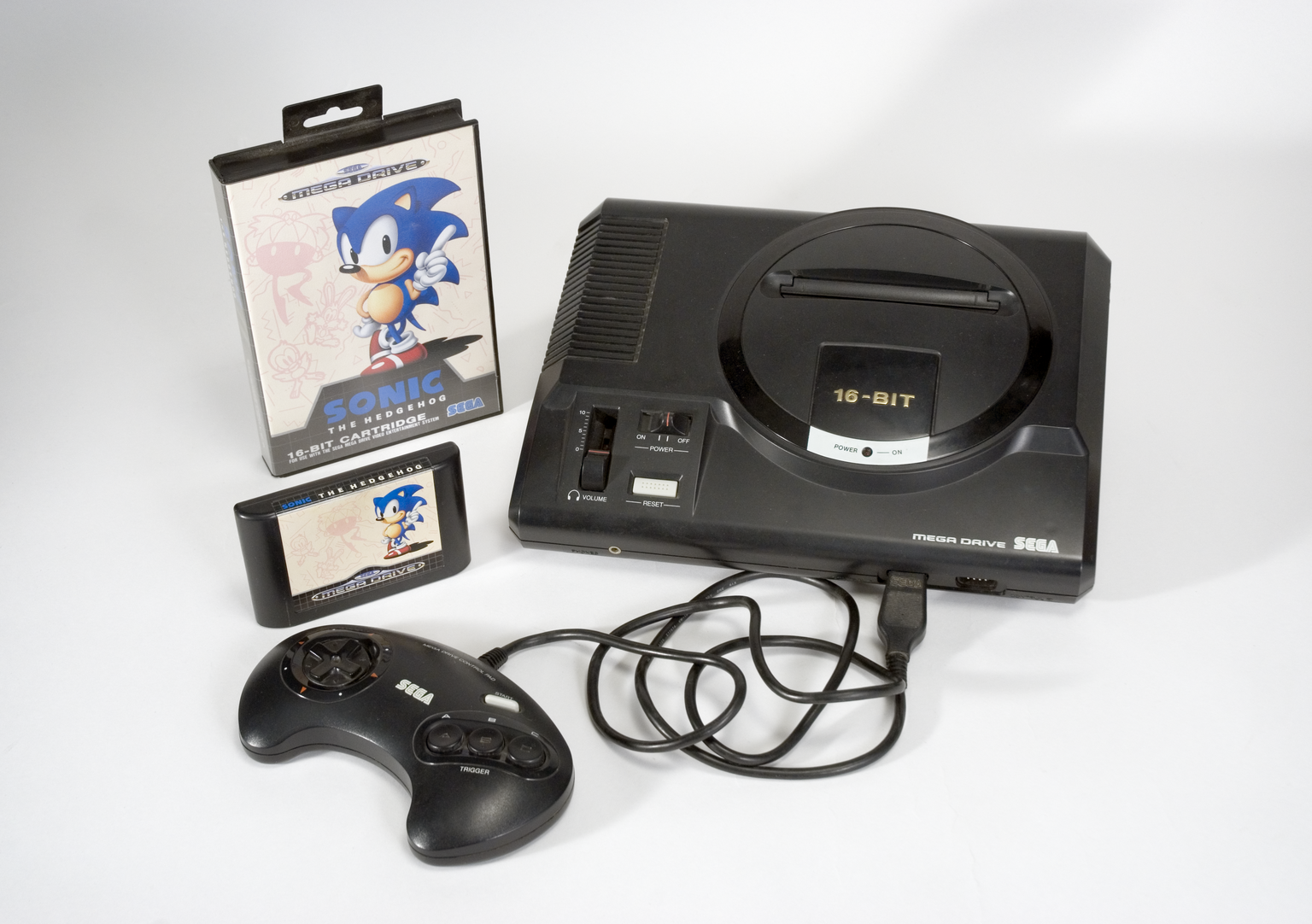
The early 1990s was a period known amongst gamers as the “Console Wars”. Nintendo had the stomping plumber Mario, and a range of colourful games, while Sega had the blue blur, Sonic the Hedgehog, and a darker grittier range of titles. Both consoles had their merits and I, of course, had both and loved them both.
Unfortunately, they both lost the war to Sony’s console, the PlayStation. PlayStation had a wider range of games, CD-ROM technology, improved memory capacity, and 3D rendered graphics that was superior to both the Megadrive and SNES.
5. Gaming brings us together. LOL. GG.
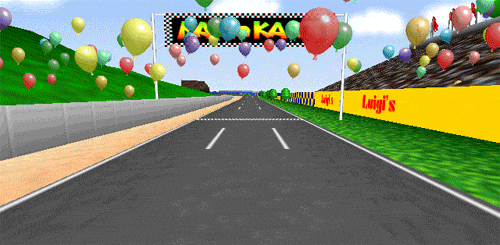
Shortly after the turn of the millennia Runescape, a MMORPG (Massive Multiplayer Online Role-Playing Game) was released. Millions of players could now play together, interact with each other, chat and make friends around the world.
The internet continues to connect millions of gamers today to make games like Call of Duty, World of Warcraft, and League of Legends possible. It’s hard to say what the future of gaming will hold, but currently, virtual reality technology is piquing the interest of many gamers with the capability of full gaming immersion.
This post was inspired by Power UP, our hands-on and fully interactive gaming event. To be the first to find out when Power UP will return, sign up here.
